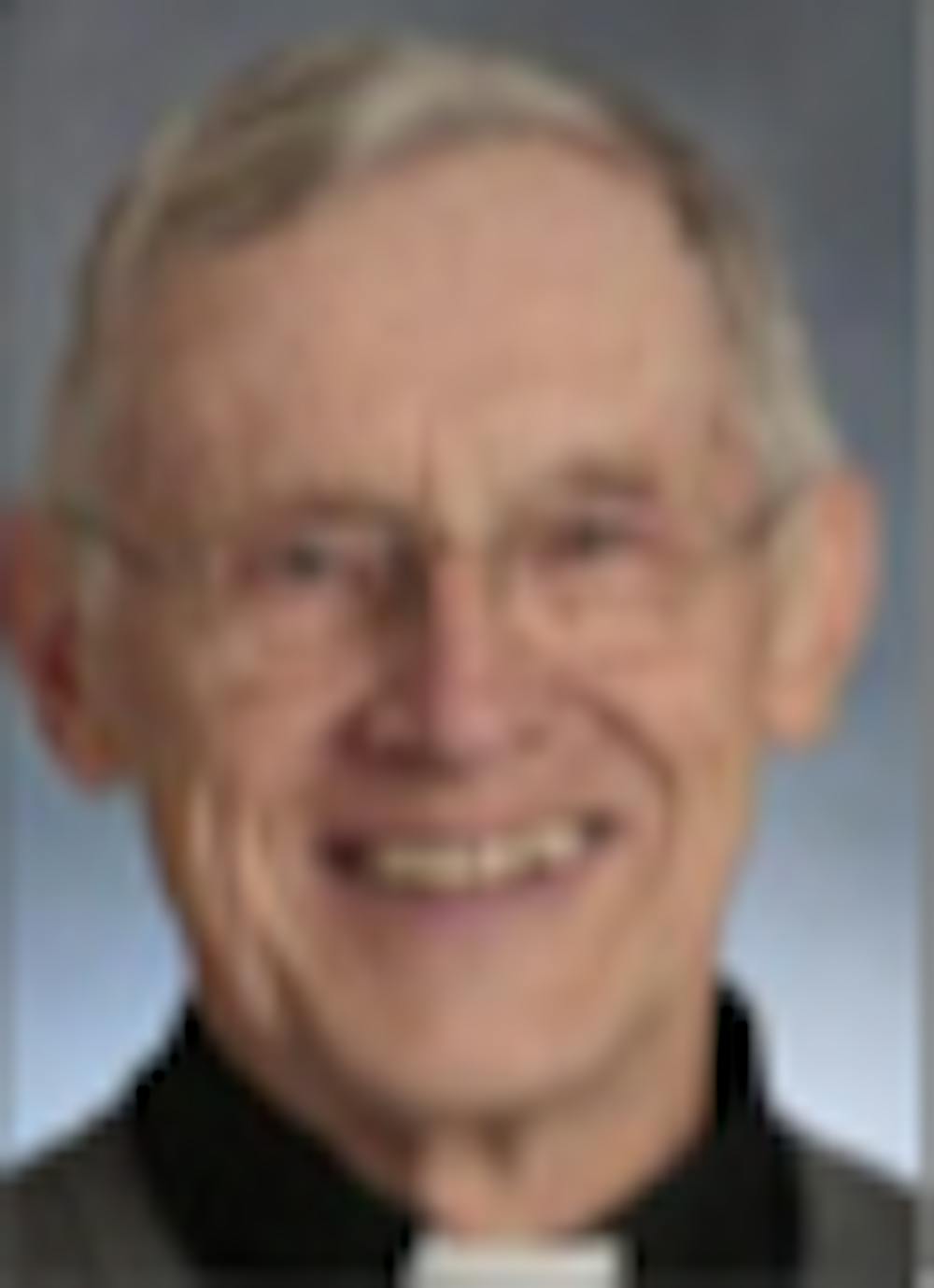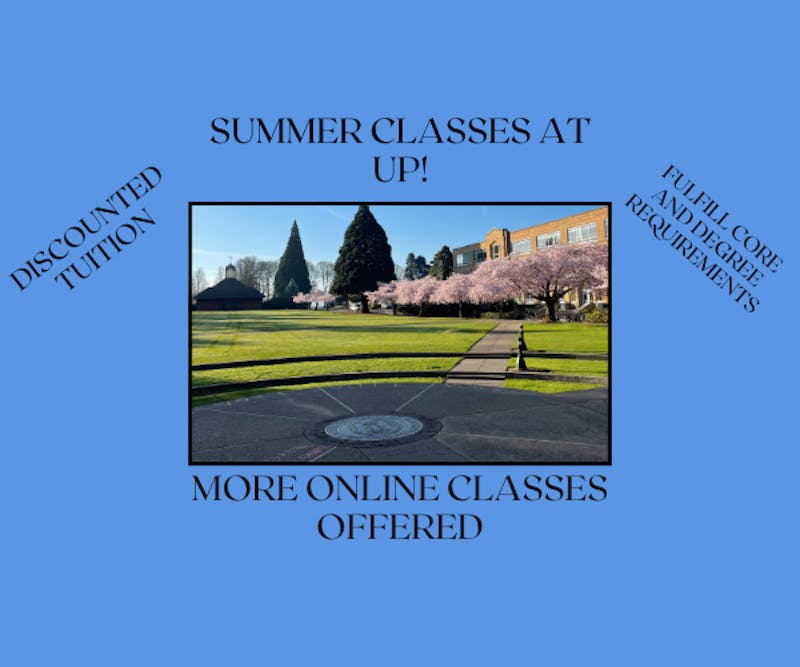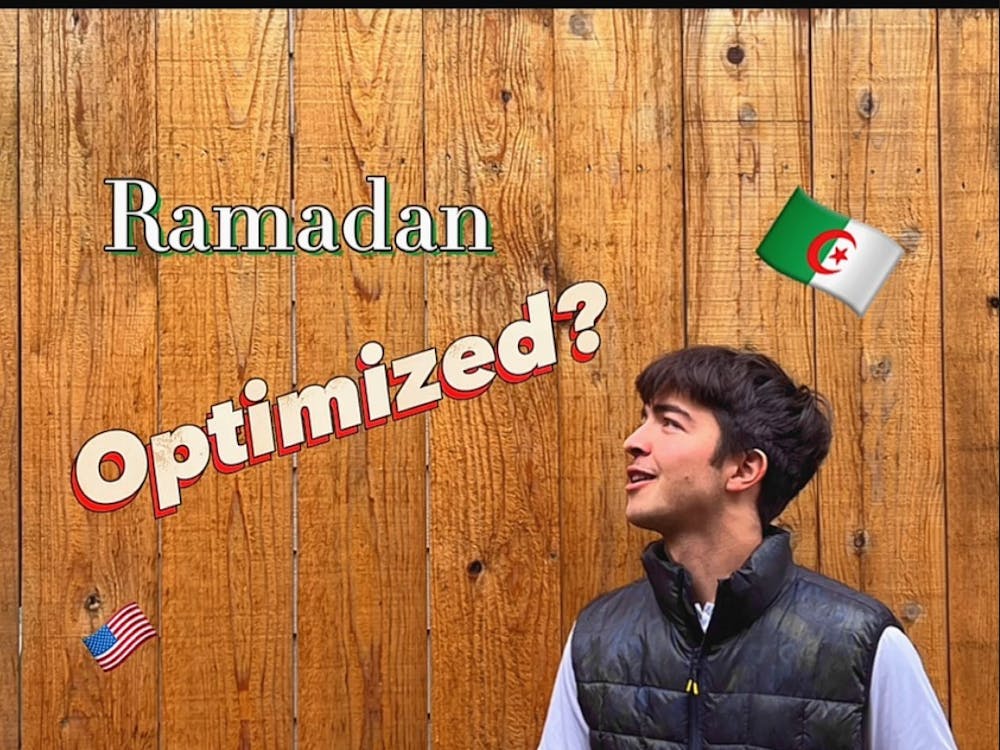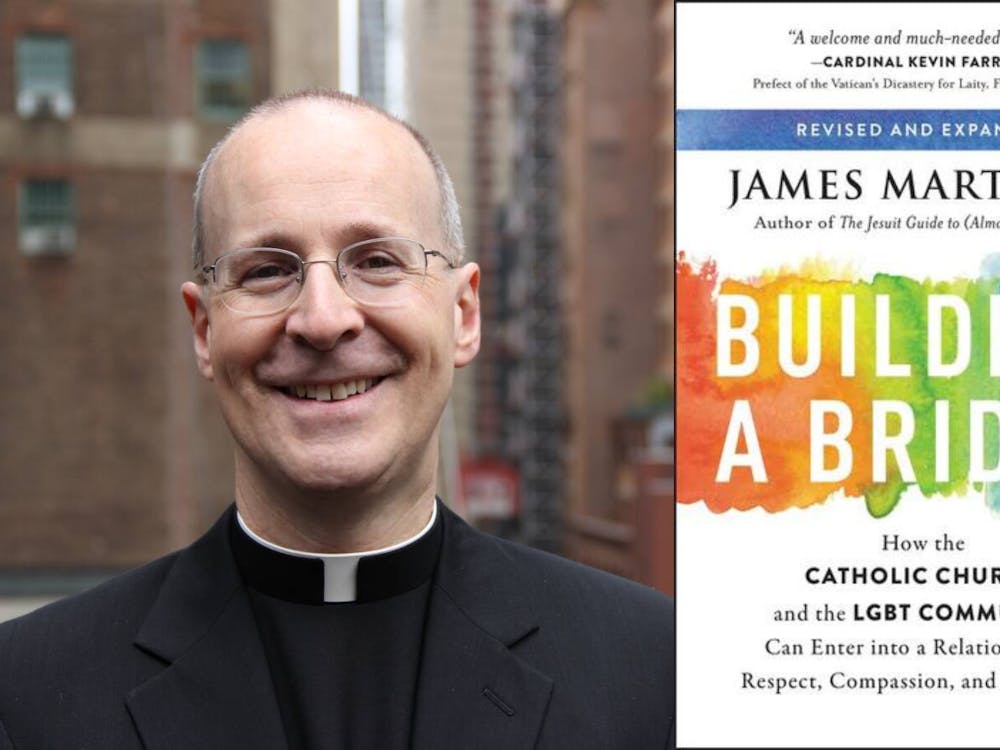Fr. Claude Pomerleau (The Beacon)
By Claude Pomerleau, Guest Commentary
You might have noticed through the fog of news that Pope Benedict XVI recently visited Mexico and Cuba. It was his first visit to Latin America since becoming Pope.
In Mexico, he attracted huge crowds, but in Cuba, crowds were more modest and subdued. The previous visit of Pope John Paul II 17 years ago was a spectacular event for all of Latin America, but Benedict's visit was seen as less dramatic, with fewer expectations. Nevertheless, it provided a fair share of drama and controversy.
Benedict followed a carefully scripted agenda designed to accommodate his fragile health, while addressing hundreds of thousands who believe this papal visit will respond to their deepest religious desires.
Before the Pope's arrival, government officials of both countries were presented with a complicated set of protocols. Members of a U.S. Congressional Delegation that visited Cuba three weeks ago observed that while Raul Castro was looking forward to the visit, he was "dismayed by the huge protocol book that Vatican authorities supplied."
However, it is likely that state authorities would find a happy, if precarious, balance between satisfying Vatican expectations and those of Cuban Catholics while not offending the Communist Party hierarchy and older brother Fidel.
One specific political controversy accompanied the timing of the Pope's visit to Mexico. For some, this was a calculated political visit to create more political space for Catholics to influence up-coming presidential elections in Mexico. Others wondered if the Pope would mention prisoners in Cuba. For others, this was a religious pilgrimage to strengthen members of the Catholic communities whose numbers are decreasing in the face of fast-growing Evangelical communities and Pentecostal churches.
Most likely, the impact of the Pope's visit will be social, political and religious.
Both Mexico and Cuba have this in common: Both countries persecuted the Catholic Church and severely restricted religious practice and public rituals. Mexico did this in the 1920s and 1930s. In Cuba, the government jailed and expelled Catholic leaders soon after Fidel Castro came to power in 1959.
A similar persecution afflicted Protestant communities and political opponents. Today, the population of religiously active Cuban Catholics seems to be stable, around 10 percent. However, the majority of Cubans still consider themselves to be "Catholic," consisting of a mixture of popular religion and Santeria.
Also, in both Cuba and Mexico, Pentecostal churches are growing in numbers and influence. On Thursday, as the Pope's plane touched down in Guanajuato, a national group of Pentecostal communities were celebrating a popular youth convention in the very city of Leon where the Pope arrived.
In Mexico, this frail religious leader avoided the political and atmospheric contamination of Mexico's capital city for the security of Mexico's historical Catholic center. Guanajuato is the origin of one of Mexico's greatest heroes of Independence, Rev. Miguel Hidalgo, who initiated the revolt against Spain with the "Grito de Dolores."
It is also here that the Christeros fought and died valiantly defending their faith during the civil strife of the early 20th century, with cries of "Viva Christo Rey." This is still shouted today. Now, after waves of political repression and more recent systematic persecution, Mexico's political and religious symbols are again almost identical as they were in the struggle against Spain.
This religious and political symbiosis is expressed in churches and in the hundreds of centers from the central shrine of Guadalupe on Tepeyac, now part of Mexico City. Nevertheless, Pentecostal churches are increasingly popular, especially in southern states like Chiapas where Catholic are a minority.
The Pope then traveled to Cuba, where he celebrated Mass at the central religious shrine of The Virgin of Charity of El Cobre. The shrine is the focus of popular and eclectic Catholic spirituality. It is located in the eastern end of the island, near the mountains where Fidel Castro's ragtag revolutionaries originally fled from Batista's soldiers, and later from where they would emerge triumphant.
The Pope's visit to that shrine, the enthusiastic and spontaneous response of thousands of Cubans and the congenial meeting of the Pope and the Dictator in Havana at the end of his visit, shows how far Cuba has moved since the Bay of Pigs and the collapse of Soviet support for Cuba's economy at the end of the Cold War.
This papal visit comes at an interesting time in the political and religious histories of both countries. Cuba's supreme leader wants to modernize the economy without losing the political monopoly of the Communist party. Unlike China's leadership, Raul Castro is willing to give religion more freedom, as long as religious leaders continue to legitimize the system.
Mexico's hierarchy hopes to make social issues a major focus of their religious renewal, but that is an area in which the Pentecostal communities have been far more successful. In Mexico, progressive bishops who wish to innovate are relegated to marginal dioceses of the north or south. In Cuba, they have learned to keep their mouths shut and heads down.
The Catholic faithful in both countries hope that Benedict will bring a sense of religious renewal and peace.
Given the high expectations in both countries for this papal visit, there's bound to be some post-visit controversies and disappointments. Still, looking at the faces of the massive crowds lining the streets, filling the shrines and attending the open-air Masses, many of the faithful will come away fully satisfied with the visit of their religious leader.
Fr. Claude Pomerleau is a political science professor and can be reached a pomer@up.edu









